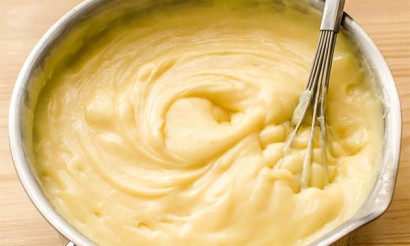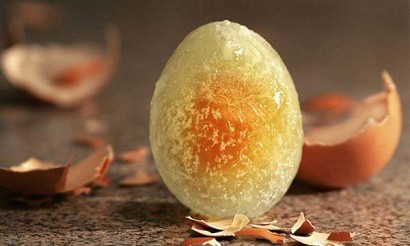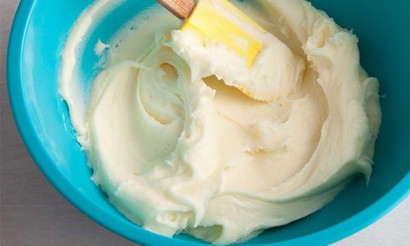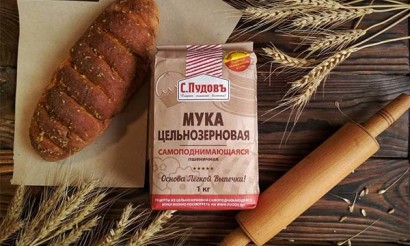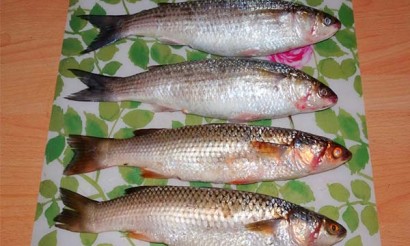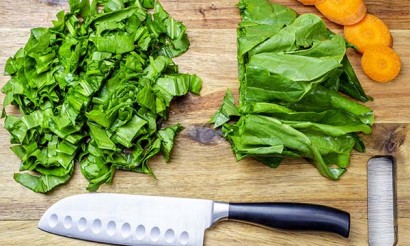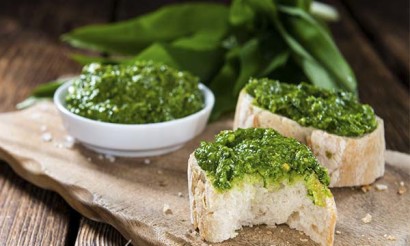Is it possible to eat rice with diabetes?
Diabetes mellitus is a chronic disease associated with insulin deficiency that raises blood sugar levels. Patients are prescribed a strict diet that must be followed throughout life.
Rice refers to complex carbohydrates that contain: magnesium, potassium, phosphorus and B vitamins. They are involved in energy production and normalization of the nervous system. People with diabetes are not forbidden to eat rice grits, but it all depends on the variety. This article will discuss each type of rice and its effect on insulin levels in detail.
How to choose a safe type of rice for diabetes?

People with diabetes need to pay attention to the glycemic index of the product, it is this index that affects blood sugar levels. This indicator can be seen on the product packaging, it is marked with the abbreviation "GI". There are three classifications of products according to the glycemic index:
- GI 55 and below. Lower.
- GI 56-70. Medium level.
- GI 71 and above. Elevated level.
If you have diabetes, you should choose rice varieties with low glycemic levels; it is also acceptable to sometimes add cereals with medium levels to your diet. Rice with elevated levels is strictly forbidden to eat, it can provoke a spike in blood sugar, thereby complicating the disease.
White rice
White rice is considered the most popular in Russia. This cereal is used to make porridges with milk, pilaf and used as a garnish to meat dishes. White rice contains 68-72 GI, so it should not be used with diabetes.
Brown Rice
This variety is considered a record-breaker for the content of useful trace minerals and vitamins that the body needs to function properly. Brown rice contains: magnesium, zinc, selenium, iron, iodine, phosphorus and B vitamins. It cleanses the body of toxins, normalizes the intestines, reduces the level of cholesterol and blood sugar. The glycemic index of the brown variety of rice is 55-60, which means it can be used by people with diabetes. It is used to make pilaf and garnish with vegetables.
Brown rice
This variety is rich in B vitamins, phosphorus, magnesium, potassium, zinc and folic acid, which is so necessary for women. The glycemic index of brown rice is 40-45, which is why the product is allowed to be consumed in diabetics. Fiber and thiamine cleanse the body of toxins and reduce blood sugar levels. The structure of brown rice is much coarser, which means that it needs to be cooked longer than usual. Before cooking the grain, it should be soaked in cold water for 4 hours. This will soften brown rice and make it softer and more tender. The caloric value of this cereal per 100 grams is only 111 Kcal, while white rice contains 135 Kcal.
Brown rice will not only keep sugar in check, but also allow you to lose weight. Its main disadvantage is the high cost and short shelf life. Brown rice can be baked in the oven with vegetables and served with meat side dishes.
Black rice or wild rice
The wild variety of rice is also called royal rice. In ancient times, it was served only to royalty and nobility. Black rice has a pleasant, nutty flavor and is the leader in protein content among other rice varieties. Its glycemic index is 45-50, which means it is recommended for people with diabetes. Wild rice is rich in: thiamine, phosphorus, magnesium, zinc, iron and vitamin E. It contains low calories, only 105 Kcal per 100 grams of product.
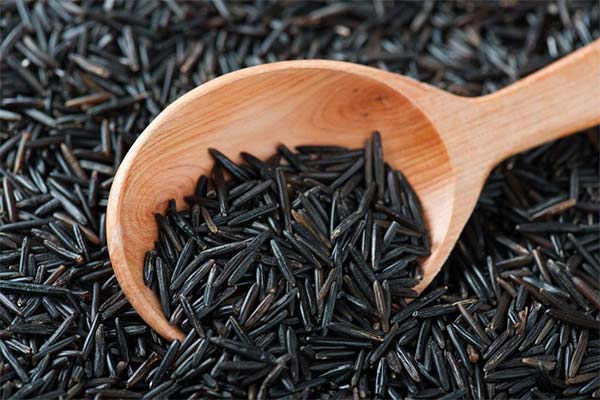
Black rice helps normalize bowel function, enrich the body with beneficial minerals and reduce weight. Its main drawback is the high cost. Before cooking, wild rice should be left in cold water overnight, and then proceed to cooking. Dishes are cooked for about one hour. The ideal seasoning for black rice would be nuts, which also reduce sugar and cholesterol.
Steamed Rice
This type of rice is steamed, so it has a golden hue. It is rich in B vitamins, selenium, zinc, iron, manganese and copper. Trace elements normalize the heart and nervous system. The glycemic index of steamed rice is 50, so the product can be included in dietary meals. This variety is sold in all supermarkets and costs the same as ordinary white rice. Its caloric value is only 97 Kcal per 100 grams of product, so it promotes weight loss.
Steamed rice is cooked for 20-30 minutes over medium heat and served with steamed vegetables or meat dishes.
Red Rice
Rice takes the red color of the shell due to a special substance - anthocyanin, which colors the product. This ingredient slows the aging process, normalizes intestinal function and reduces the risk of neoplasms in the mammary glands and large intestine. The glycemic index of red rice is 46-50, so it can be eaten with diabetes. Red rice contains useful substances: iron, potassium, calcium and B vitamins. The variety of this variety normalizes blood pressure, improves heart function and helps to reduce excess weight. There are only 11 Kcal in 100 grams of cooked product.
Red rice is cooked with steamed vegetables and meat dishes. The only disadvantage - this variety is its high cost.
Basmati rice
Basmati rice translates from the ancient Hindi language as fragrant. It is often cooked in the countries of Pakistan and India. The variety contains: iron, phosphorus, potassium and B vitamins. Basmati contains a glycemic index level of 50-55 GI, so it can be consumed in diabetics. The variety improves nervous activity, heart rhythm and has a favorable effect on digestion. The shell of Basmati rice is soft, so it does not need to be soaked in water before cooking. Basmati is served with steamed vegetables and meat dishes.
On the basis of dietary varieties of rice, you can come up with many culinary recipes that will not only reduce blood sugar, but also delight with a pleasant taste and aroma.
«Important: All information on this site is provided for informational purposes only purposes. Consult with a health care professional before using any recommendations. specialist before using any of the recommendations. Neither the editors nor the authors shall be liable for any possible harm caused by materials."

